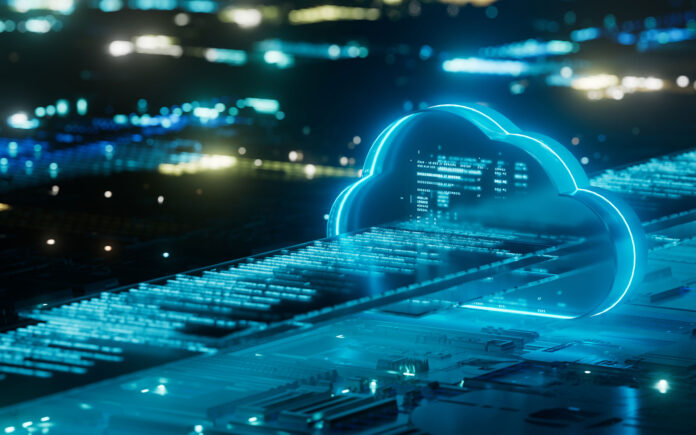Cloud computing and edge computing are used together in many industries and sectors. While cloud computing provides the capacity to store, process, and analyze large amounts of data, edge computing provides the ability to perform these operations at a closer location, usually on the devices themselves or closer to the network.
The combination of cloud computing and edge computing technologies brings many benefits to businesses.
Large amounts of data generated by sensors and devices in factories are processed in real time in edge computing, and then this data is stored in cloud computing and analyzed comprehensively.
In this way, while efficiency in production increases, important processes such as error detection are completed faster.
The importance of edge computing
Edge computing enables decentralized data processing that takes place near the data source.
This computing model increases efficiency because the task is performed locally on endpoint devices.
Edge computing, which optimizes the performance of IoT applications and real-time analysis, also reduces latency and bandwidth usage.
Fast response times are required for data processing in the autonomous vehicle industry. At this point, edge computing meets the needs and provides reliable data analysis while preserving bandwidth.
Therefore, edge computing lies at the heart of improving connectivity and information processing in IoT technology.
Edge computing also helps reduce congestion in the cloud because it processes data efficiently at the edge.
What are the advantages of edge computing?
Reduced latency during data processing
Real-time rendering support
Less dependency on central servers
Powerful data processing independent of slow internet connection
Conserving bandwidth in areas where the internet is not easily available
Increased reliability for critical sectors
Compatibility with developing and latest technologies
Importance of cloud computing
In cloud computing, resources are located on cloud servers. Cloud computing, where users can access resources over the web, is used for many purposes, especially data processing and data storage.
In cloud computing, users benefit from cloud-based infrastructure and applications. Since resources are accessed via the web, there is no need to install and maintain in-house versions of content and applications.
Cloud computing is completely changing the way data is processed, accessed and stored.
Cloud computing, which provides enhanced accessibility as data and applications can be accessed from anywhere with an internet connection, also makes it possible to increase or decrease resource usage optionally with the advantage of scalability.
Cloud computing helps businesses access services at affordable prices. In cloud computing services that provide services with pay-as-you-go models, institutions do not need to make any preliminary infrastructure investments.
Thanks to cloud computing, SMEs in particular can meet their needs without straining their budgets.
It serves as a platform for emerging technologies such as cloud computing, artificial intelligence and IoT , allowing users to collaborate and share real-time data .
What are the advantages of cloud computing?
Remote data access from anywhere with an internet connection
Real-time data sharing and communication with stakeholders
Improved collaboration between teammates for processed data
Streamlined control and security for data processing and storage
Centralized data management to protect data from hackers
Scalability to adjust for changing workloads
Working principles of cloud computing and edge computing
In cloud computing, powerful computing resources in remote data centers are used. In this model, large data sets can be managed effectively with wide bandwidth and high processing capacity.
Cloud computing services, where resources can be adjusted dynamically as needs vary, offer flexibility and scalability to users.
Edge computing, on the other hand, performs operations at a closer location, usually on the devices themselves or at a point closer to the network.
Thanks to this feature, it offers advantages such as fast response, low latency and security. In edge computing, it is possible to perform transactions where data is produced through IoT devices, sensors, and other local resources.
In this way, network traffic decreases and decisions can be made at the local level. Edge computing is of critical importance, especially in real-time applications.
Cloud computing and edge computing are often used together, offering the advantage of storing and analyzing large data sets in the cloud, as well as performing transactions on-site and quickly.
This combination creates a more effective and efficient IT infrastructure by optimizing operations on both central and local resources.


